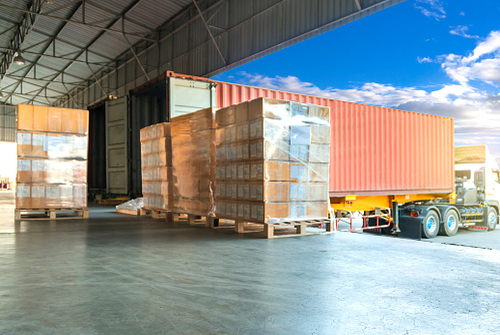What are the Top Wholesale Distribution Industry Trends in 2020?

In this Thought Leadership Series on trends in the wholesale distribution industry, we’ve discussed the biggest challenges companies are facing at the midway point of 2020. We’ve also shown the most effective ways wholesale distribution companies can leverage API integration technology to thrive in the wake of the COVID-19 pandemic.
From exploring an e-commerce strategy for improving sales and customer service to building agility and flexibility into supply chains, here are the eight major trends we are seeing in wholesale distribution in 2020.
2020 Wholesale Distribution Trends
1. Retail and consumer products companies are increasingly embracing the direct-to-consumer (D2C) model, which makes them compete directly with the traditional wholesale distribution model. Recently, Nike as part of its new D2C strategy, announced it will reduce the number of distribution partners from 30,000 to focus on just 40.
2. Exploring e-commerce as a strategic lever for improving sales and customer service.
3. Adding new capabilities through targeted acquisitions or divesting misaligned areas of the business.
4. Leveraging data science and analytics to better support organization-wide decision making.
5. Identifying new methods for recruiting, sourcing, and training to best familiarize their workers with the advances in robotics, artificial intelligence, and automation.
6. Building strategic agility and flexibility into their supply chains.
7. Expanding international trade to offset the impact of China and gradually develop alternate global sources.
8. Focusing on efficient warehouse management and ecosystem integration.
Growth Drivers for Wholesale Distribution
Now that we’ve got a better handle on what trends are shaping the wholesale distribution industry for the foreseeable future, what can companies do to drive growth? I see three ways:
Building Scale Through Strategic Mergers and Acquisitions
Wesco’s recent acquisition of Anixter has created a $17 billion company that has provided tremendous scale and cost synergies to compete smarter and more effectively.
Delivering Value-Added Services Beyond Product Distribution
Most wholesale distributors are providing value-added services such as credit financing, inventory management, and product expertise. Offering differentiated value-added services is the only way to fend off competition from traditional players as well as online distributors.
Becoming Digital
Wholesalers are still lagging behind most logistics companies in terms of digital adoption. B2B purchasers are expecting omnichannel experiences (website, mobile, in-store, etc.), easy access to product information, online ordering, order tracking, and inventory management. Distributors investing in digital strategies are accelerating sales growth, expanding customer reach, and improving customer retention.
Make no mistake. Like most every other industry, wholesale distribution is being changed – and quickly – by the advent of disruption. By being mindful of the trends that are reshaping this category, players can remain one step ahead of the competition and position themselves to compete in the never ending journey to become more efficient, more competitive, and ultimately more valuable to their stakeholders.

About Cleo

Watch a Demo

Comprehensive Guide to Gaining B2B Control

Duraflame Case Study
